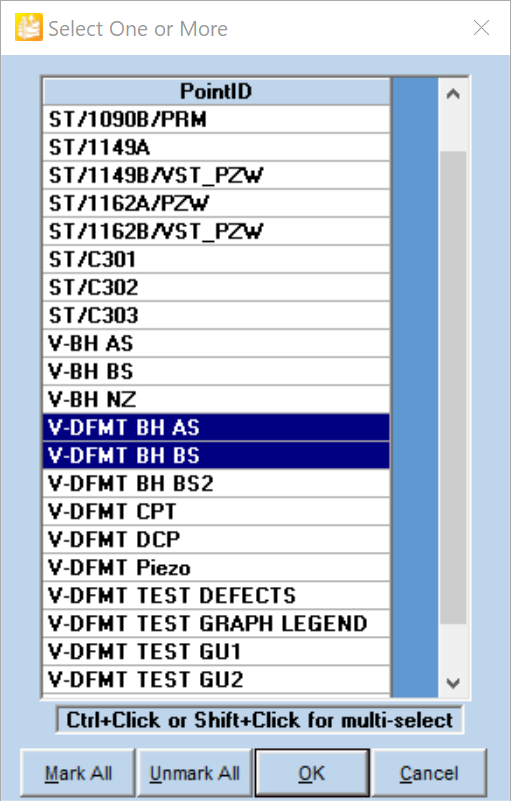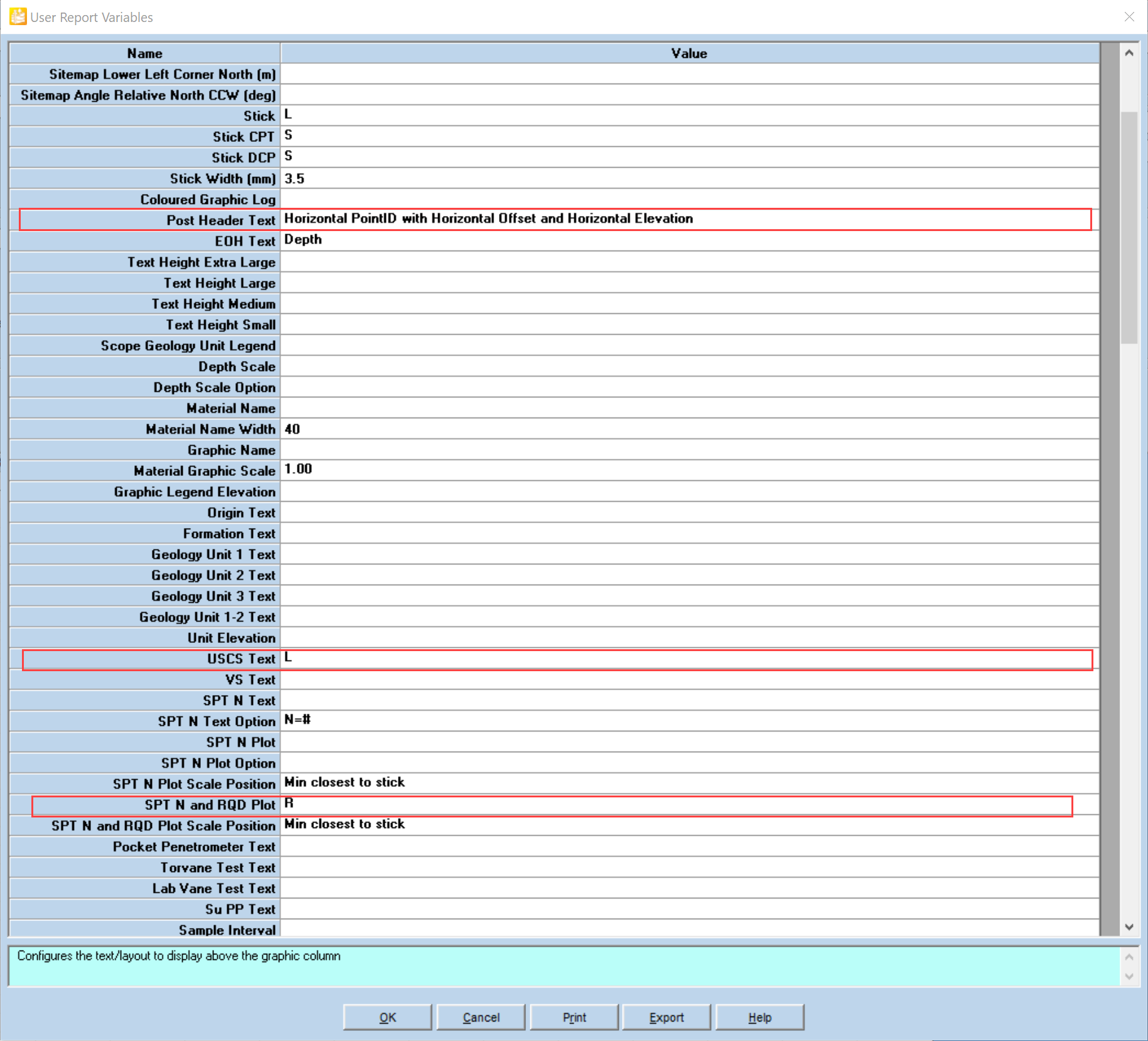Quick Start Guide
Overview
This page guides you through the setup and explains basic use of the Fence and Map Tool.
gINT
gINT Professional or Professional Plus must be installed and licensed on your computer to use the Fence and Map Tool.
Fence and Map Tool Download
The Fence and Map Tool package and Datgel Toolbox Installer can be download from datgel.com
- Full version: https://www.datgel.com/customer/downloadableproducts
- Trial version: https://www.datgel.com/trial-software
Package contents
The downloaded .zip folder contains all you need evaluate the Datgel Fence and Map Tool. The content is:
- Documentation folder includes:
- Example reports
- EULA
- Links to the product online user guides
- Link to email to support.
- gINT Files folder includes:
- "dfmt X.XX.X lib trial.glb" or "dfmt X.XX.X lib.glb" (gINT library file)
- "dfmt X.XX.X.gpj" (gINT project file)
- "dfmt X.XX.X.gdt" (gINT data template)
- Image folders
Unzip and copy the content of the folder to your local computer.
This quick start user guide uses the DGD database structure gINT files.
Install Datgel Toolbox
Before Installation
A few basic preparations can help ensure an effortless installation.
- Make sure that the computer where you plan to install the program meets the minimum hardware and software requirements.
- Connect your PC to Internet before installation (the process may need a working Internet connection).
- The Datgel Toolbox program requires that the Microsoft .NET 4.8 framework is installed on the PC prior to the installation of the Tool. If your PC does not have this, then it will be automatically downloaded and installed during the Tool installation process.
- Log into the PC with Administrator privileges before starting installation.
- It is recommended that you exit out of other applications that maybe running on your PC.
- Close gINT before you start installation.
Installation
- Run the installer, typically named Datgel.Toolbox.20##.#.#_YYYY-MM-DDTHHmmss.exe.
- When you come to the Components screen, be sure to select this product, or you can simply install all Components.
- The gINT*.exe.config files for gINT versions V8i and 10..# are edited by Datgel software during installation.
Datgel Licensing
Using the Tool
The gINT files included in the package contain some example data that covers all type of options included in the Tool.
Output a Fence Report
The following example explains hot to output the PointIDs V-DFMT-BH AS and V-DFMT-BH BS in a fence with: SPT and RQD values on the right side of the stick and the USCS on the left side.
- Go to OUTPUT | Fences.
- Select the report FENCE A3L from the yellow drop-down list
- Select the desired borehole/s from the KeySet picker: click on the button and select the desired borehole/s.
- In the OUTPUT group, click on the button and choose the name for new pdf document. Choose the location and click Save. Select resolution of 600 dpi.
- Click Export.
- The User Report Variables form will open. Scroll down find the required URV and set them as follows:
- Post Header Text: Horizontal PointId with Horizontal Offset and Horizontal Elevation
- USCS Text: L (left)
- SPT and RQD Plot: R (right)
- Click OK.
- Review the report.



